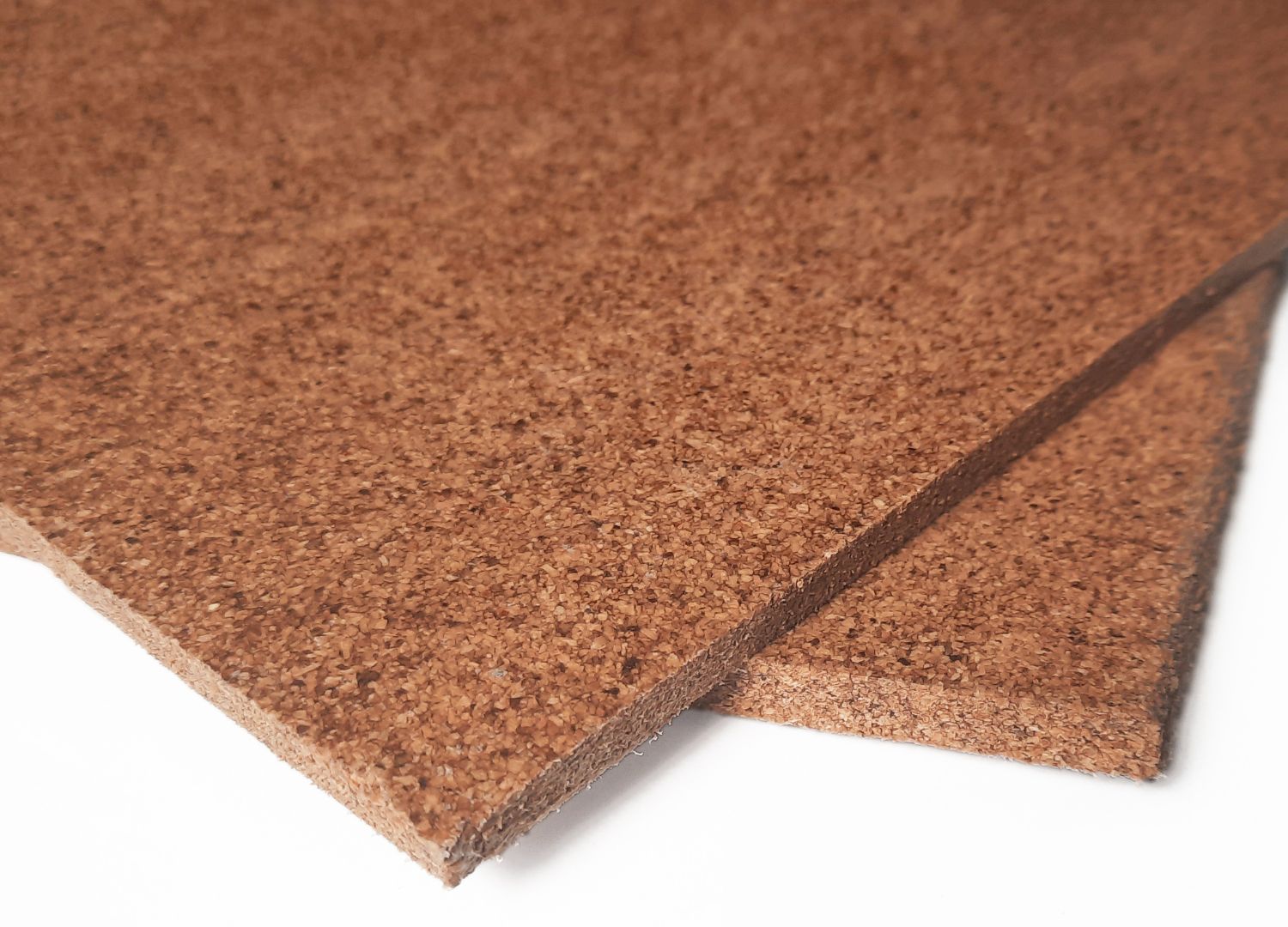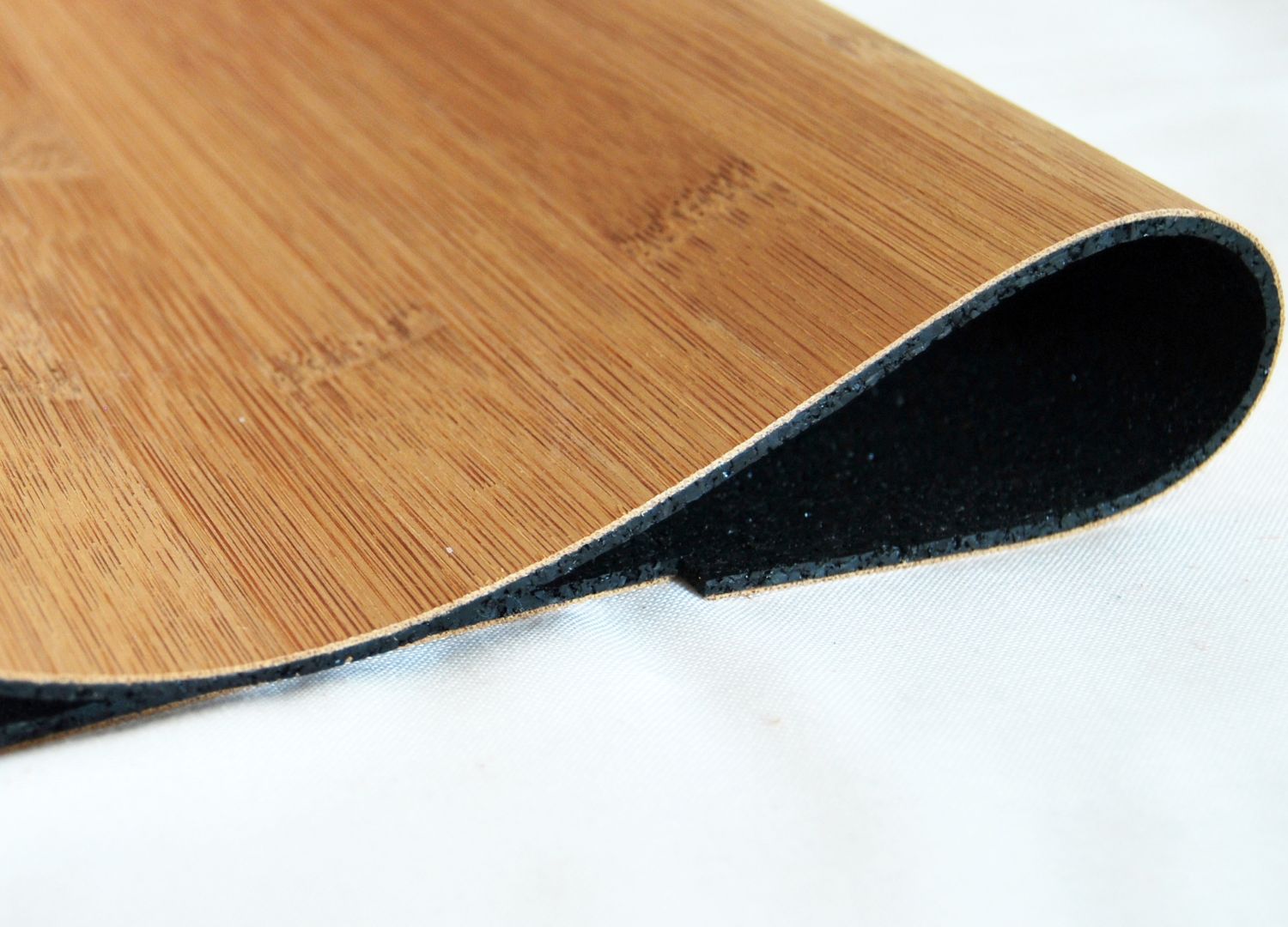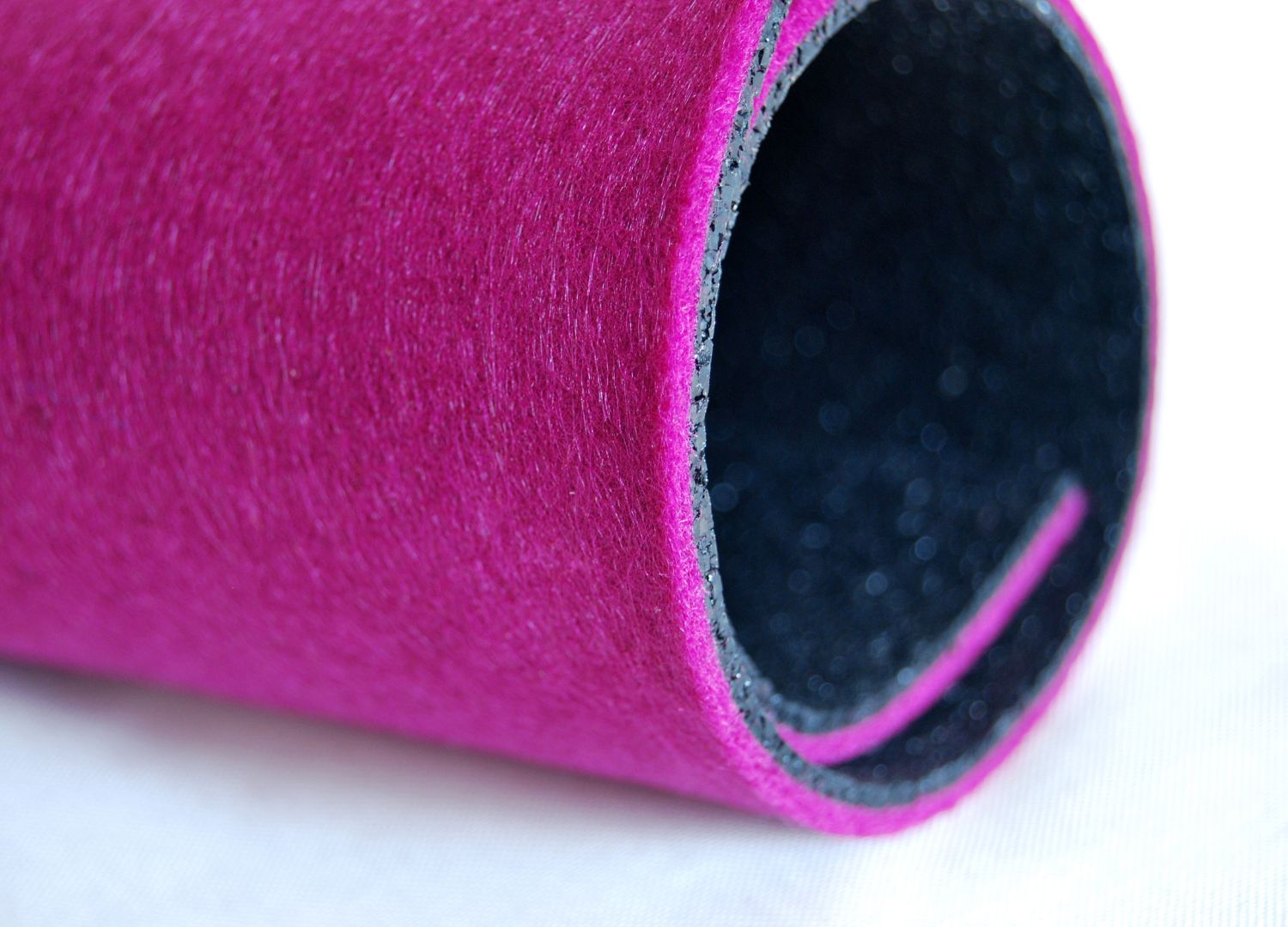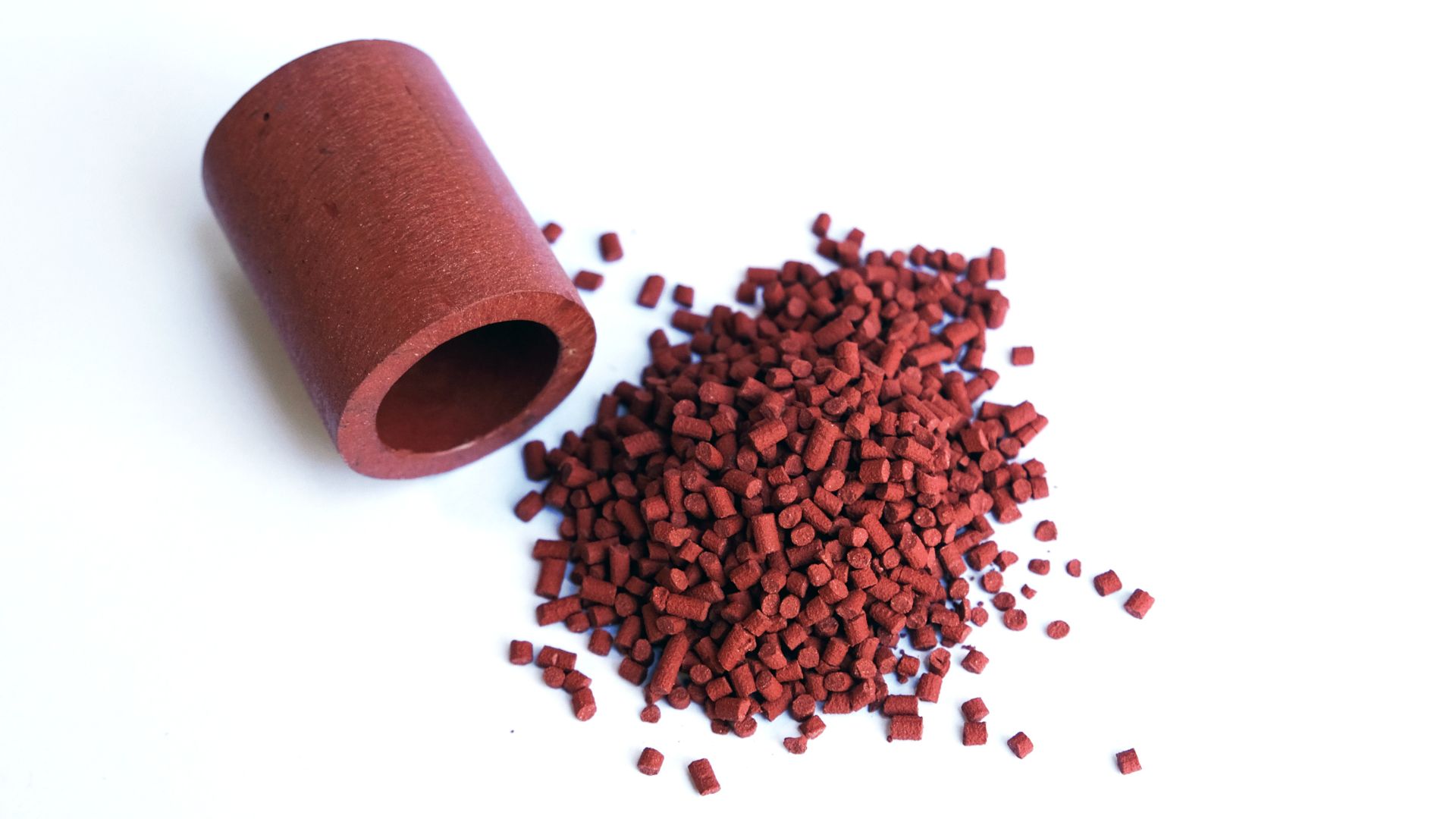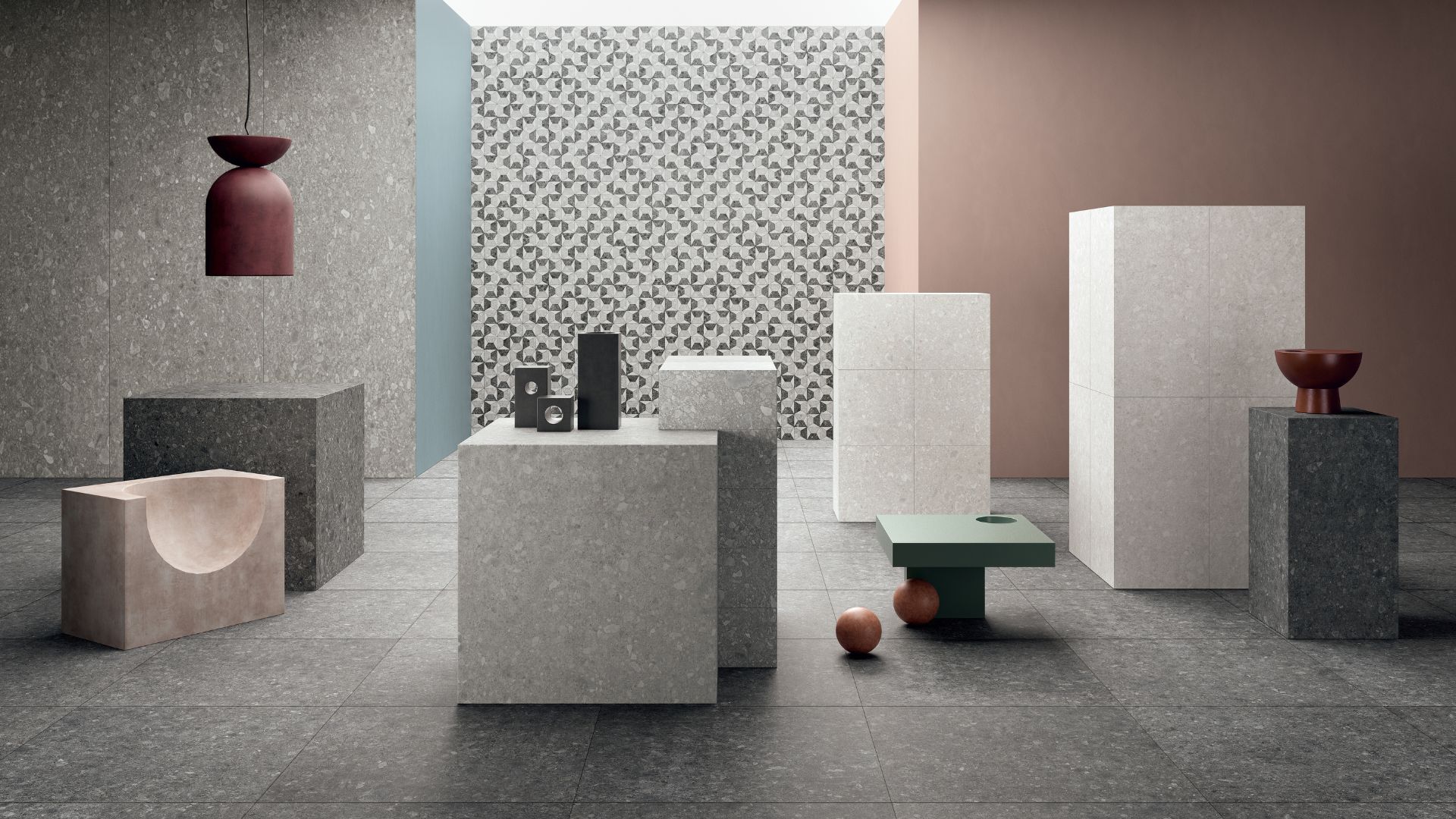What is the significance of “sustainable” within the context of design?
Getting circular and sustainable looks like something taken for granted for designers and companies, but is it really so easy? Do people truly understand what the process entails to achieve a real ecological transition?

“Designers must understand that objects must be designed to be repaired and anticipate the end-of-life process. The material assumes a new role because it must be recyclable even after being recycled,” said Marco Capellini, when I reached out to better understand the story behind Matrec.
Being sustainable in 2024 is assumed, both in personal life and in the profession. Small changes in our routines make us feel better, like using compostable product packaging, cloth bags at the grocery store, or driving electric. But here comes the challenging part.
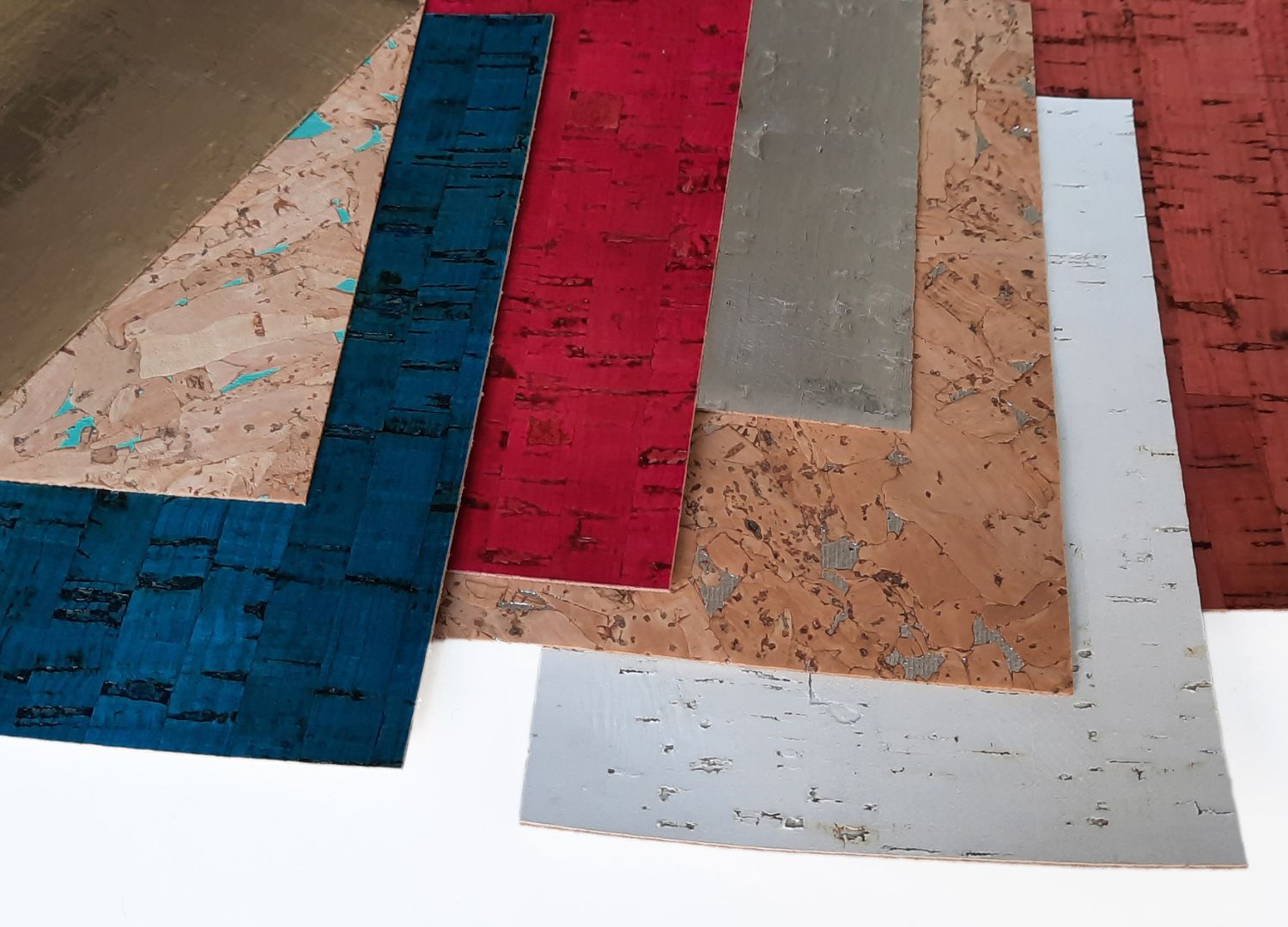
We all know that the problem lies in our behaviors; it’s not sustainable to simply fix mistakes and bad attitudes. Instead, we must prevent those situations to trigger a circular process. We must embrace it as consumers but also as industry actors. Designers and companies bear significant responsibility for a simple reason: they introduce objects and services to the market.
This necessitates designing a process from manufacturing to the end of a product’s life, being aware that every decision can impact the future, whether it’s a small sticker or a large truck design. Today, it’s difficult to imagine how it would have been 20 years ago when people began to realize that action was necessary before things become too complicated to change.

In 2002, an architect named Marco Capellini, originally based in Milan (now based in Ancona), began spreading awareness, knocking on the doors of designers and companies. If you’re familiar with Salone and Milan Design Week, you’ll remember Matrec, the material database specialized in sustainable materials for the industry. Stands and books from that brand aimed to introduce sustainability to the design world.
Even back in 2010, my design school had their database to browse materials based on structural characteristics and ecological impact. Recycled and recyclable. But as a student, I didn’t fully grasp the importance of what Matrec was doing. Their pioneering approach was challenging to understand because we didn’t witness the consequences of our rampant consumerism as we do today.

When Marco started, spreading the message of sustainability was challenging because governments and associations were not yet aware. The only way to enter companies was to share knowledge of materials that could pique curiosity and offer prospects of innovation to differentiate and remain competitive. Even though designers are tasked with spreading and initiating the process, the real game is played within companies.
Creating a sustainable culture within a company, not only for ethical reasons but primarily for strategic reasons, is crucial in the entire process. If a designer consultant proposes a 100% sustainable approach for a project, but the company is not ready or simply doesn’t understand it, it’s a waste of time. The main stakeholders must be within the place of production, and their design department (both technical and creative) must take the first step and initiate an inner process to make sustainability… sustainable.

During our conversation, Mr. Capellini confessed that nowadays, things are smoother and possible, thanks also to commissions (like the European one) working to highlight the need for a circular approach and incentivize a transformation where sustainability will be assumed and will be a factor of real trust for consumers.
Being transparent about what they produce, without resorting to eco-washing tricks, like creating fancy textured materials with colors resembling the ground that can’t be reused and are likely expensive to produce in terms of energy and transport.
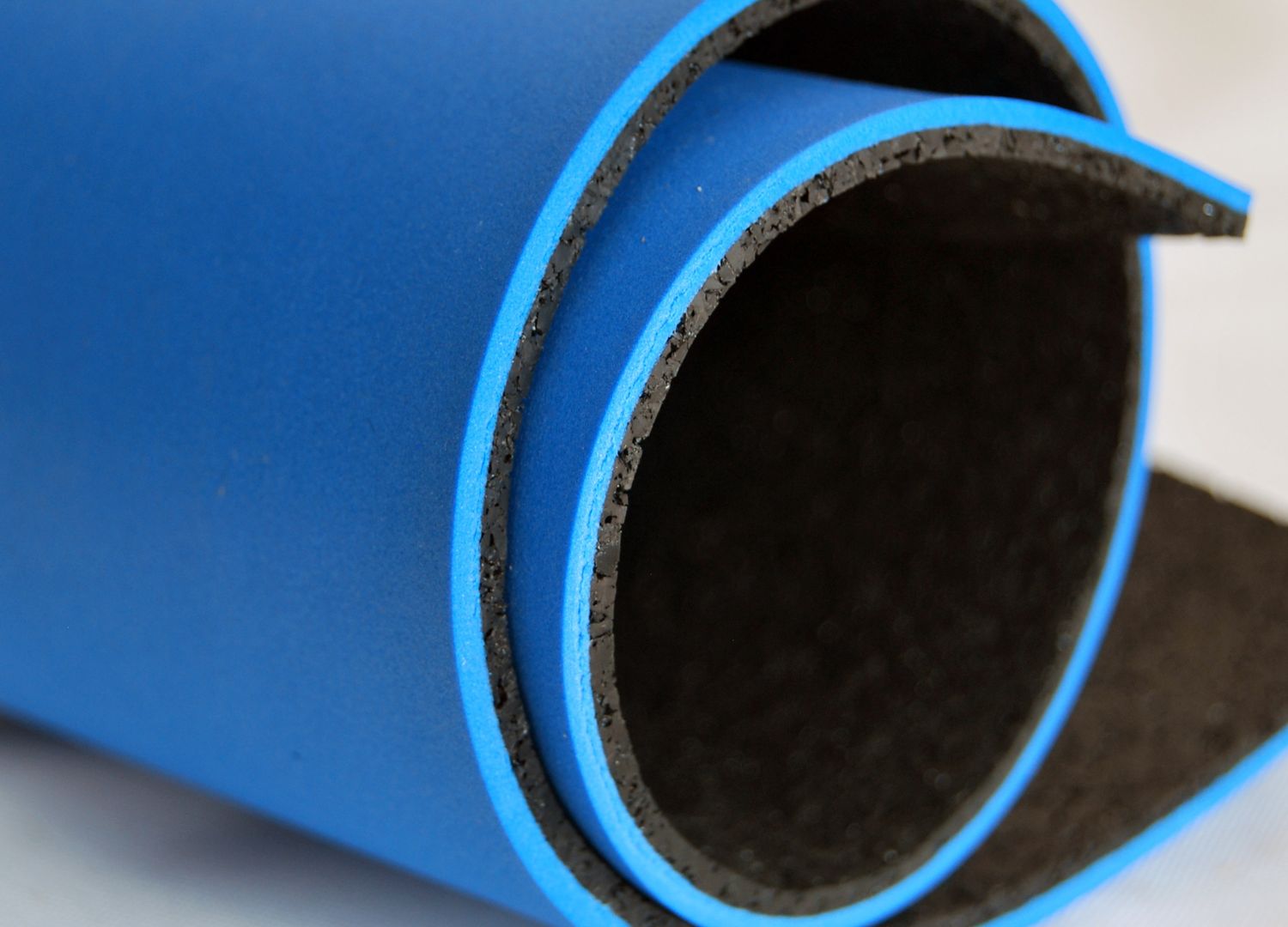
There are numerous ways to make a real contribution to a sustainable process, not just by using recycled materials, but also by ensuring a long life for a product through quality culture, repairability, timelessness, and product affectivity. Nonetheless, giving a long life to a product remains one of the most efficient weapons in the sustainability battle.


